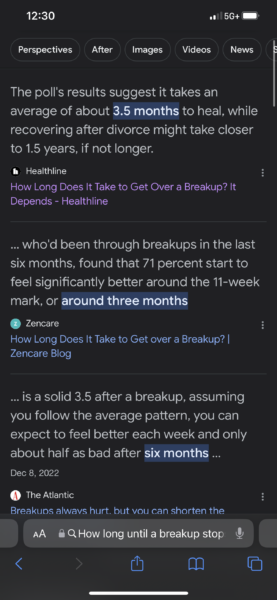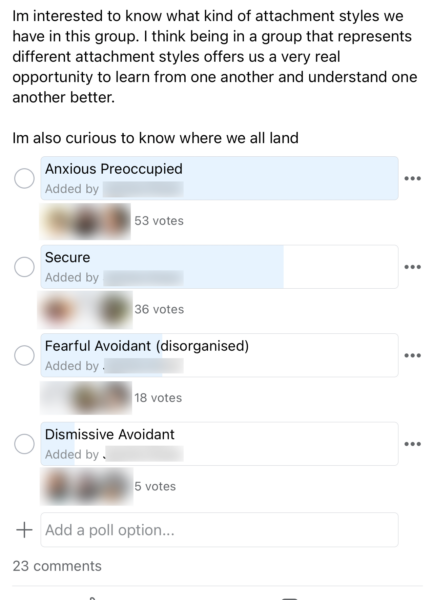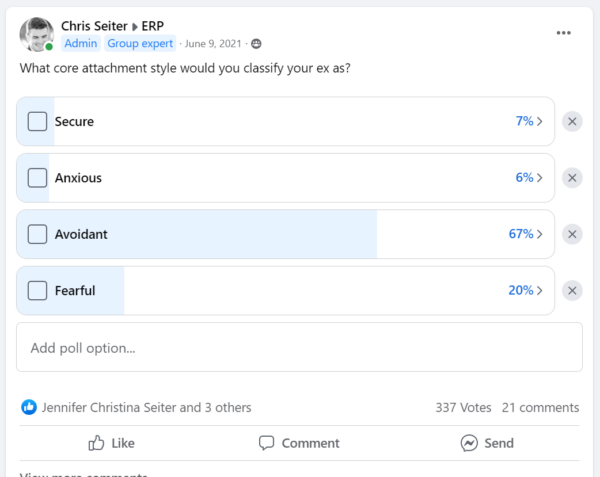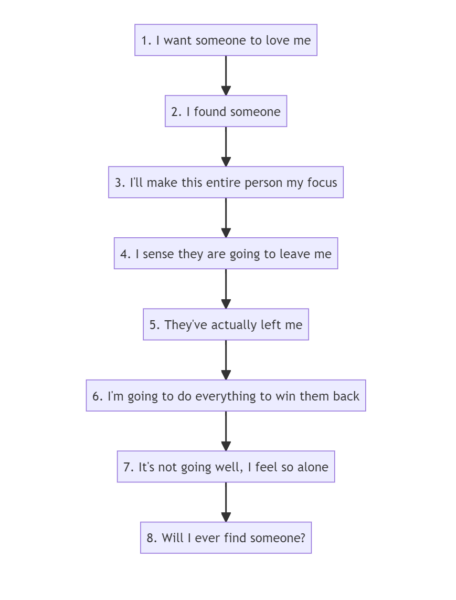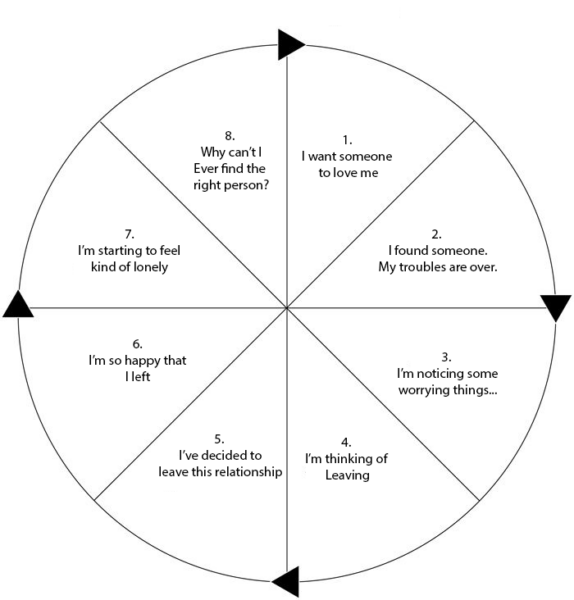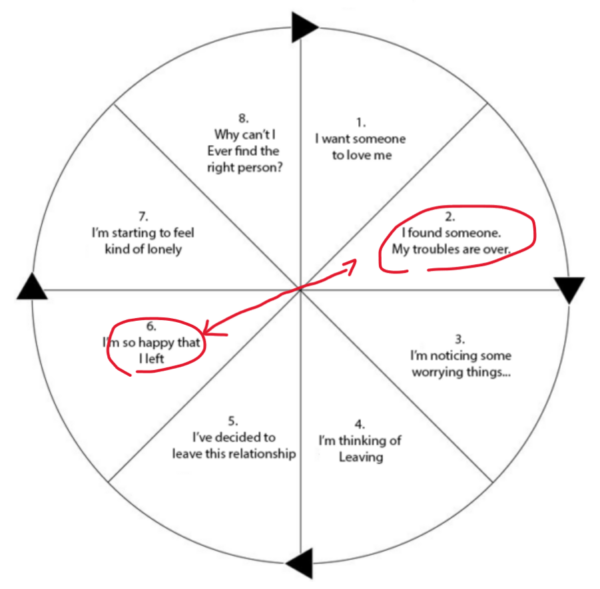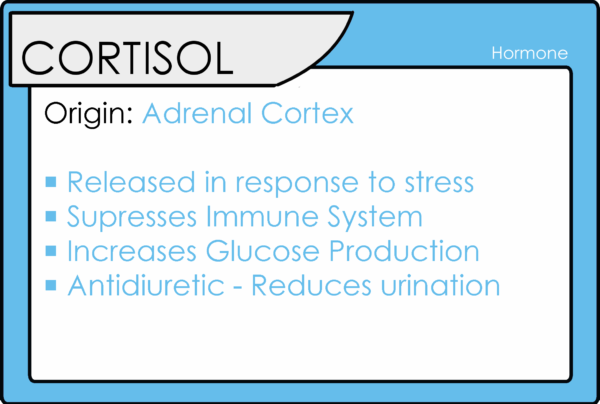Figuring out how long it’ll take for your breakup to stop hurting is actually a really difficult question to answer. It’s not like the average “breakup article” you see online where you can give a black and white answer.
The truth is that there is no magic number on how long it’ll take for the breakup to stop hurting and everyone always disagrees on timelines. The best I can do for you is to tell you that your ability to stop hurting is going to depend on three things.
- How good you are at processing grief
- Your ability to find healthy distractions
- Your ability to reconnect with the things you love (outside of your ex)
So today I’d like to explore the psychology of:
- Why every seems to disagree on how long it’ll take to stop hurting
- The impact of the two death wheels and attachment style into your recovery
- Giving you a best guess on how long it’ll take you based on length of time in the relationship
Let’s get started!

What Are Your Chances of Getting Your Ex Boyfriend Back?
Take the quizEveryone Seems To Have A Different Interpretation Of How Long It’ll Take To Stop Hurting
You know, everyone seems to have a different interpretation of how long it will take until a breakup stops hurting.
In fact, when I was researching this article, I used my phone to type the actual search query into Google.
Interestingly, Google itself provided three different answers.
They always have these featured snippets that appear above the actual search results, and these snippets gave three distinct durations.
- The first one suggested three and a half months
- The second around three months
- The third around six months.
This disparity underscores the challenge in determining the duration of pain post-breakup. It’s notorious for people to have all sorts of different interpretations.
In fact, a few weeks ago, I wrote an article about this exact topic.
I segmented my research into three specific categories:
- External research from outside sources
- Internal research based on my decade-long study of breakups
- And, somewhat unusually, AI research.
(I included the latter more out of curiosity, but sometimes, it’s an avenue to gain insights.)
What became abundantly clear is that interpretations vary widely.
- For instance, a 2007 study suggested three months
- A 2017 survey indicated 18 months
- And a TED talk I came across proposed 11 months.
- My own internal research pointed to a span of 5 to 7 months
- Cortisol studies I examined hinted at 6 months
- ChatGPT posited durations ranging from 18 months to 3 years or as short as 3 months
- While Google’s Generative AI offered estimates between 3 and a half months to 1 and a half years.
In essence, there’s a lack of consensus. And this is crucial for understanding the unpredictability of processing breakup grief.
There isn’t a precise answer, and that’s the crux of the matter. The duration of your heartache post-breakup largely depends on your capacity to escape the cycle of anguish you’re ensnared in.
The Impact Of The Two Death Wheels
Alright, so I love discussing the death wheel concept.
Over the past 10 years of being a breakup consultant, I’ve created two death wheels that are grounded in attachment theory, reflecting what I’ve observed.
(Though most people haven’t heard me talk about one of them but I will today 😉 .)
The death wheels are designed in a straightforward manner. They provide a visual depiction of post-breakup behaviors, both yours and your ex’s. However, they also encompass the pre-breakup period, illustrating the cycle that individuals in persistently unhealthy relationships get trapped in, struggling to break free.
Unsurprisingly, we’ve conducted extensive research on the attachment styles of our clients and their exes.

What Are Your Chances of Getting Your Ex Boyfriend Back?
Take the quizWe’ve found that our clients primarily exhibit anxious attachment styles,
Whereas their exes lean towards avoidant attachment styles.
Recognizing this is crucial as it sheds light on your post-breakup emotions and actions. For instance, a person with an anxious attachment style, like most of our clients, will go to great lengths to reconcile with their ex.
Their paramount fear is abandonment, a fear that has just materialized. Their primary instinct is to address this fear, often to their own disadvantage. This pattern lands them in what I’ve termed the “anxious death wheel.”
This wheel comprises eight main phases:
- The longing for someone’s love.
- The relief of finding someone, thinking troubles have ended.
- The phase where the partner becomes their sole focus.
- The apprehension that the partner might leave.
- The reality of the partner’s departure.
- The desperate attempts to win the partner back.
- The desolation when efforts don’t yield the desired results.
- The doubt of ever finding love again.
Following this, the cycle recommences, either with a new partner or upon reconciling with the ex. This cyclical pattern resonates from one relationship to another. The challenge arises when one doesn’t identify that the coping mechanisms employed during stages six and seven aren’t effective, perpetuating the cycle.
The effective way to navigate stages six and seven — the “I’m going to do everything I can to win them back” and “It’s not going well. I feel so alone” phases — is not by counting recovery days.
Instead, it’s vastly more beneficial to rekindle our passions outside of the relationship, find wholesome distractions, and process our emotions at our individual pace. Addressing it in this manner often results in a more emotionally balanced, and frankly, a more pleasant recovery from the breakup.
This is instinctively what quicker healers post-breakup end up doing. They don’t overly ruminate on their exes.
And an interesting observation: the more you practice this, the less you obsess over your ex, increasing the chances of your ex perceiving you as more desirable.
Let’s switch gears here for a moment and talk about the avoidant death wheel now.
It’s crucial to juxtapose the avoidant attachment style death wheel with the anxious one.
The avoidant death wheel typically goes:
- I want someone to love me.
- I found someone.
- My troubles are over.
- Hmm, I’m observing some red flags.
- I want out.
- I’ve exited.
- I’m thrilled I left.
- But wait, I’m feeling rather lonely.
- Why does this pattern persist?
Then the cycle recommences.
You’ll see the similarities between the two death wheels, with the primary variance being post-breakup processing. Anxiously attached individuals switch to problem-solving, striving hard to regain their ex, which may not always be the ideal strategy. When these efforts seem futile, they spiral into profound despair.
Avoidants, conversely, prioritize their autonomy. Their greatest fear is the loss of this independence.
Upon reclaiming their freedom post-breakup, they often experience a “second honeymoon” or a separation elation phase.
They rejoice in their newly regained solitude from what they might perceive as an oppressive relationship, even if it wasn’t.
They might indulge excessively in activities to relish this newfound freedom. Yet, like everyone else, avoidants too secretly yearn for intimacy. Over time, excessive independence often translates into solitude, leading them to ponder the recurring pattern in their relationships.

What Are Your Chances of Getting Your Ex Boyfriend Back?
Take the quizMany avoidants don’t necessarily adopt the healthiest coping mechanisms.
They may not genuinely re-engage with their passions. Instead, they indulge in distractions they believe will alleviate their pain and sorrow. Hence, closely studying these death wheels, based on where one finds themselves, can provide clarity on the path to healing post-breakup.
Significantly, stages six and seven in both death wheels can offer insights into halting the heartache. It’s worth noting that I’m not the sole advocate of this perspective.
This concept — that pinpointing an exact recovery timeframe post-breakup isn’t feasible — isn’t exclusively my brainchild. I drew inspiration from a TED Talk where someone posed a question to their therapist: “How long does it take to get over a breakup?”
The therapist’s response was that there isn’t a universal answer;
It varies for every individual. Instead of marking off recovery days on a calendar, it’s more helpful to engage in wholesome distractions and rediscover activities and passions. The speed at which one heals from a breakup correlates with their adeptness at seeking these positive distractions, processing their grief, and indulging in beloved activities. If you can balance these three aspects, perhaps a few months will suffice for your recovery.
However, I acknowledge that for the vast majority, merely knowing there’s no concrete timeframe isn’t comforting.
Given this, I’ve attempted to estimate the healing duration based on the relationship’s longevity.
Looking At The Three Timelines
In my opinion, it’s pragmatic to classify breakups into three tiers: big, middle, and small.
- Big breakups pertain to relationships lasting between three to ten years
- Middle breakups span from nine months to two years
- Small breakups are those shorter than nine months.
Logically, the lengthier the relationship, the deeper the emotional investment, intensifying the challenge of moving on. Yet, the healing speed hinges largely on how effectively one can manage their emotions and adopt positive coping mechanisms.
With this in mind, here’s my approximation for the recovery period:
- Big breakup (3-10 years): Roughly 6 to 12 months for comprehensive healing.
- Middle breakup (9 months-2 years): Approximately 3 to 6 months to fully recover.
- Small breakup (less than 9 months): Likely 1 to 3 months for the pain to subside.
To conclude, you might find these estimates either protracted or too optimistic. However, based on my understanding, they’re a realistic portrayal.
One fundamental truth about breakup recovery is this: whether you aim to reunite with your ex or move on entirely, healing invariably takes longer than anticipated. Breakups infamously cause a surge in cortisol, our stress hormone, plunging us into a prolonged state of anxiety.
This heightened state feeds into the “anxious death wheel” concept previously discussed.
However, cortisol levels aren’t perpetually elevated; they will normalize over time. The catch is, if you persistently engage in behaviors that spike your cortisol, the duration of this elevated stress state prolongs, extending your period of anxiety. Today’s environment doesn’t help: reminders of our exes are omnipresent. Personal items or gifts from them around our homes, songs on the radio, shared social media accounts that tempt us to check in on their lives, and text messages only amplify our cortisol levels, inadvertently prolonging our emotional distress.
Ultimately, successful recovery hinges on mastering three pivotal strategies: adeptly processing grief, seeking wholesome distractions, and re-engaging with beloved activities. By embracing these approaches, you’ll navigate the post-breakup phase far more efficiently than you might initially believe.
